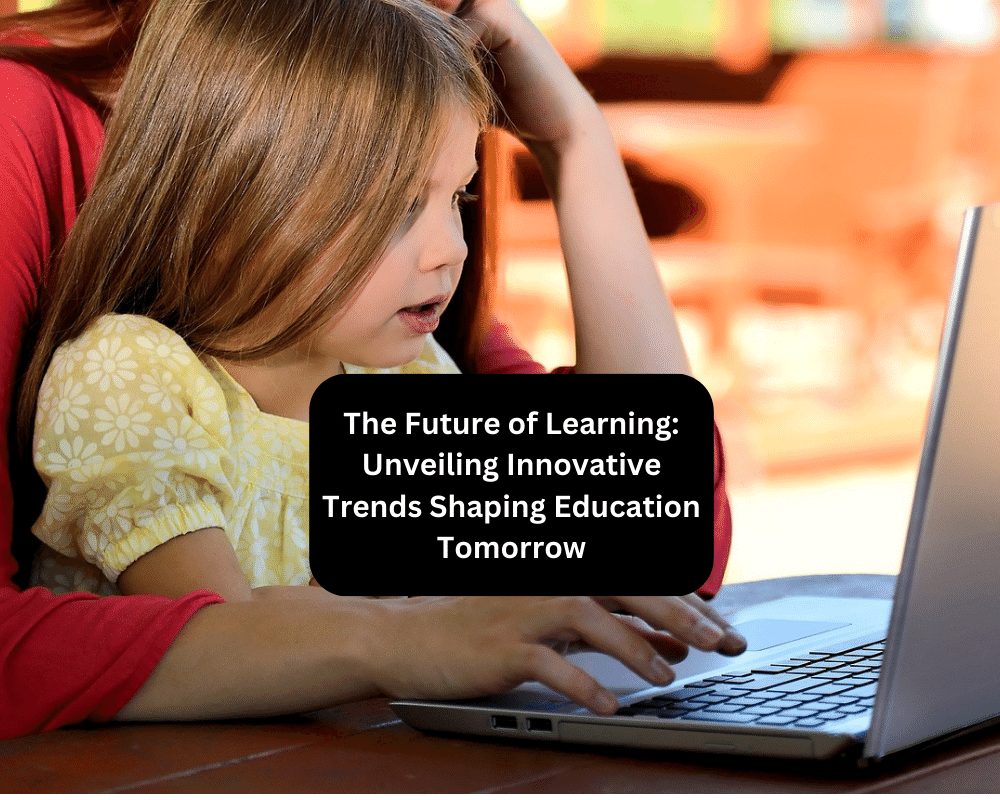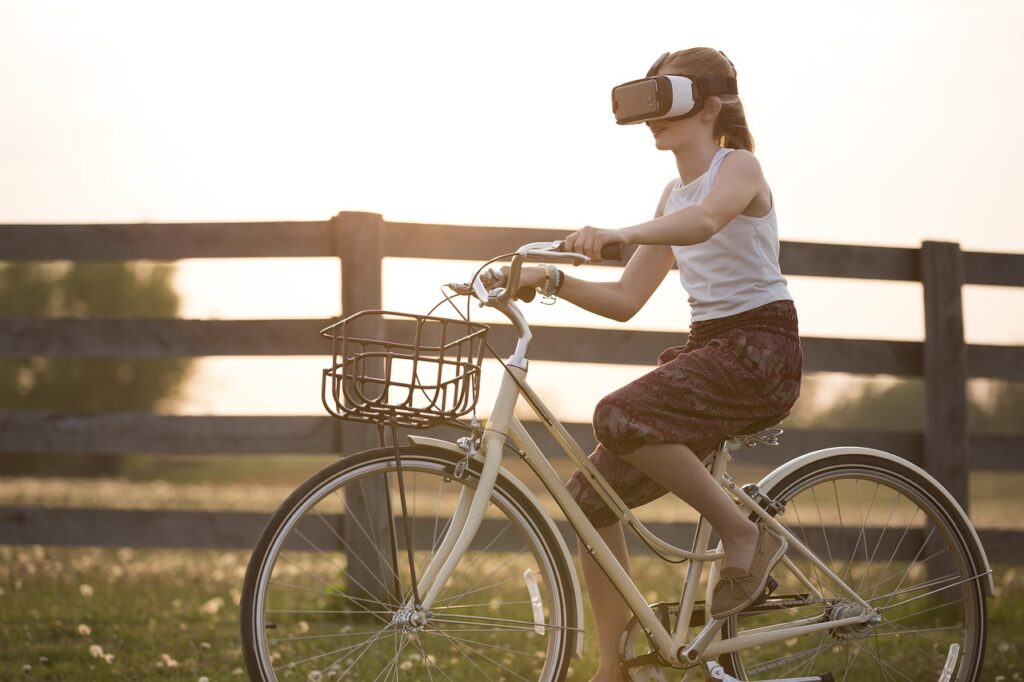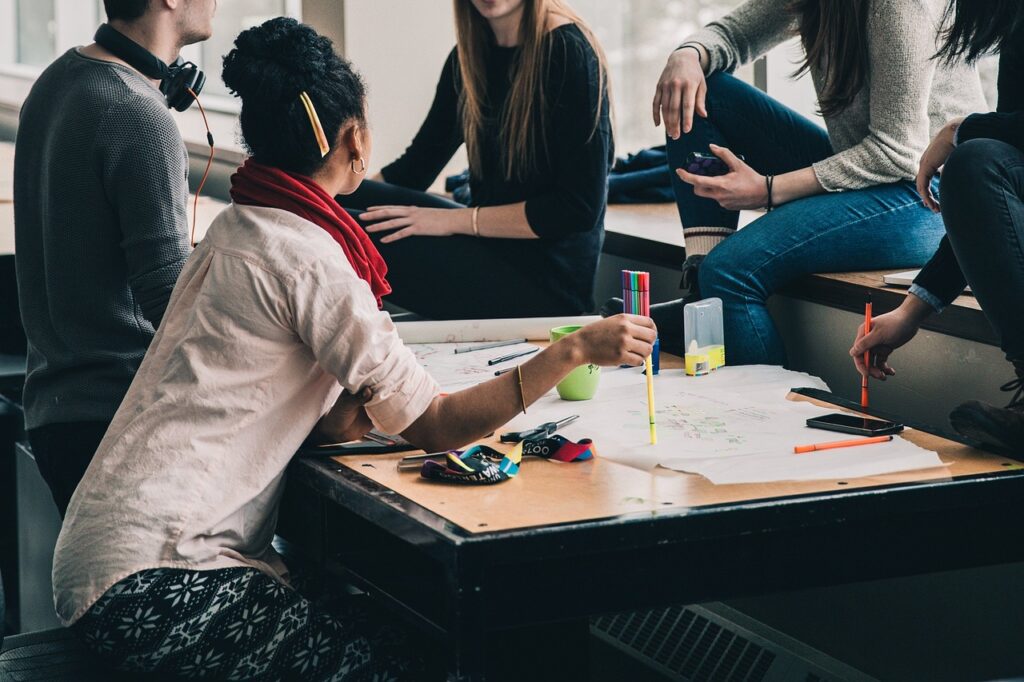
In the dynamic landscape of education, the future holds promise and excitement, driven by technological advancements, evolving pedagogical philosophies, and a deep commitment to equity and accessibility. As we stand at the threshold of tomorrow’s learning environments, it’s imperative to explore the innovative trends that are poised to shape the educational landscape. From personalized learning experiences to the integration of immersive technologies, the future of learning is vibrant, inclusive, and deeply transformative.
In this article, we will delve into the key trends that are set to revolutionize education and pave the way for a more engaging, effective, and equitable learning experience:
1. Personalized Learning: Empowering Individual Growth
Personalized learning stands at the forefront of educational innovation, offering tailored experiences that cater to each student’s unique needs, interests, and learning styles. By harnessing the power of data analytics, artificial intelligence, and adaptive learning platforms, educators can create customized learning pathways that empower students to progress at their own pace and focus on areas of strength and interest. From adaptive assessments to personalized learning plans, this approach fosters greater engagement, motivation, and academic achievement among learners.
“Personalized learning recognizes that every student has unique talents and challenges, and seeks to empower each individual to reach their full potential.”
2. Immersive Technologies: Redefining the Classroom Experience

Immersive technologies such as virtual reality (VR), augmented reality (AR), and mixed reality (MR) are revolutionizing the way students learn by creating immersive, interactive, and experiential learning environments. From virtual field trips to historical sites and scientific simulations to immersive storytelling experiences, these technologies offer unprecedented opportunities for engagement, exploration, and discovery. By bringing learning to life and transcending the boundaries of traditional classrooms, immersive technologies inspire curiosity, creativity, and critical thinking among learners.
3. Lifelong Learning and Micro-Credentials: Navigating the Future of Work
In an era of rapid technological advancement and economic change, the concept of lifelong learning has never been more critical. Micro-credentials, also known as digital badges or nano-degrees, offer flexible and accessible pathways for individuals to acquire new skills, competencies, and credentials throughout their lives. Whether it’s mastering a new programming language, honing digital marketing skills, or exploring emerging fields such as artificial intelligence or blockchain technology, micro-credentials enable learners to adapt to evolving job market demands, advance their careers, and pursue lifelong learning journeys.
“In the age of automation, continuous learning isn’t just a choice it’s a necessity for survival and success in the future workforce.”
4. Collaborative and Project-Based Learning: Fostering 21st-Century Skills
Collaborative and project-based learning approaches emphasize teamwork, communication, problem-solving, and critical thinking skills by engaging students in real-world projects, challenges, and inquiries. By working collaboratively on authentic, hands-on tasks, students develop essential skills and competencies that are highly valued in the 21st-century workforce. Whether it’s designing a sustainable community project, launching a social entrepreneurship venture, or conducting scientific research, collaborative and project-based learning experiences empower students to apply their knowledge, creativity, and ingenuity to solve complex problems and make a positive impact on their communities and the world.
“Collaborative and project-based learning prepare students not only for today’s jobs but also for the challenges and opportunities of tomorrow’s rapidly changing world.”
Read: Life as an International Student in Canada: Beyond the Classroom
5. Equity and Inclusion in Education: Bridging the Opportunity Gap
As we envision the future of learning, it’s essential to prioritize equity, diversity, and inclusion to ensure that all learners have access to high-quality education and opportunities for success. Inclusive pedagogies, culturally responsive teaching practices, and universal learning design are essential strategies for creating learning environments that honor diversity, celebrate cultural richness, and address systemic barriers to learning. By fostering a sense of belonging, equity, and empowerment among students from diverse backgrounds, we can create a more just, equitable, and inclusive society where every individual has the opportunity to thrive and succeed.

Conclusion
As we look ahead to the future of learning, it’s evident that education is undergoing a profound transformation fueled by innovation, collaboration, and a commitment to equity and inclusion.
By embracing personalized learning, immersive technologies, lifelong learning, collaborative pedagogies, and inclusive practices, we can create learning environments that empower individuals to reach their full potential and thrive in an ever-changing world. As educators, policymakers, and stakeholders, let us work together to shape a future of learning that is dynamic, inclusive, and deeply transformative for generations to come.
Author’s Bio:
Zeeva Usman is a content marketing manager at Peter and Petra. She is leading the remote working training program at Second Adam Church and is a content marketing specialist at Church Marketing Agency. When not working she loves to worship and sing for the Lord Jesus.
